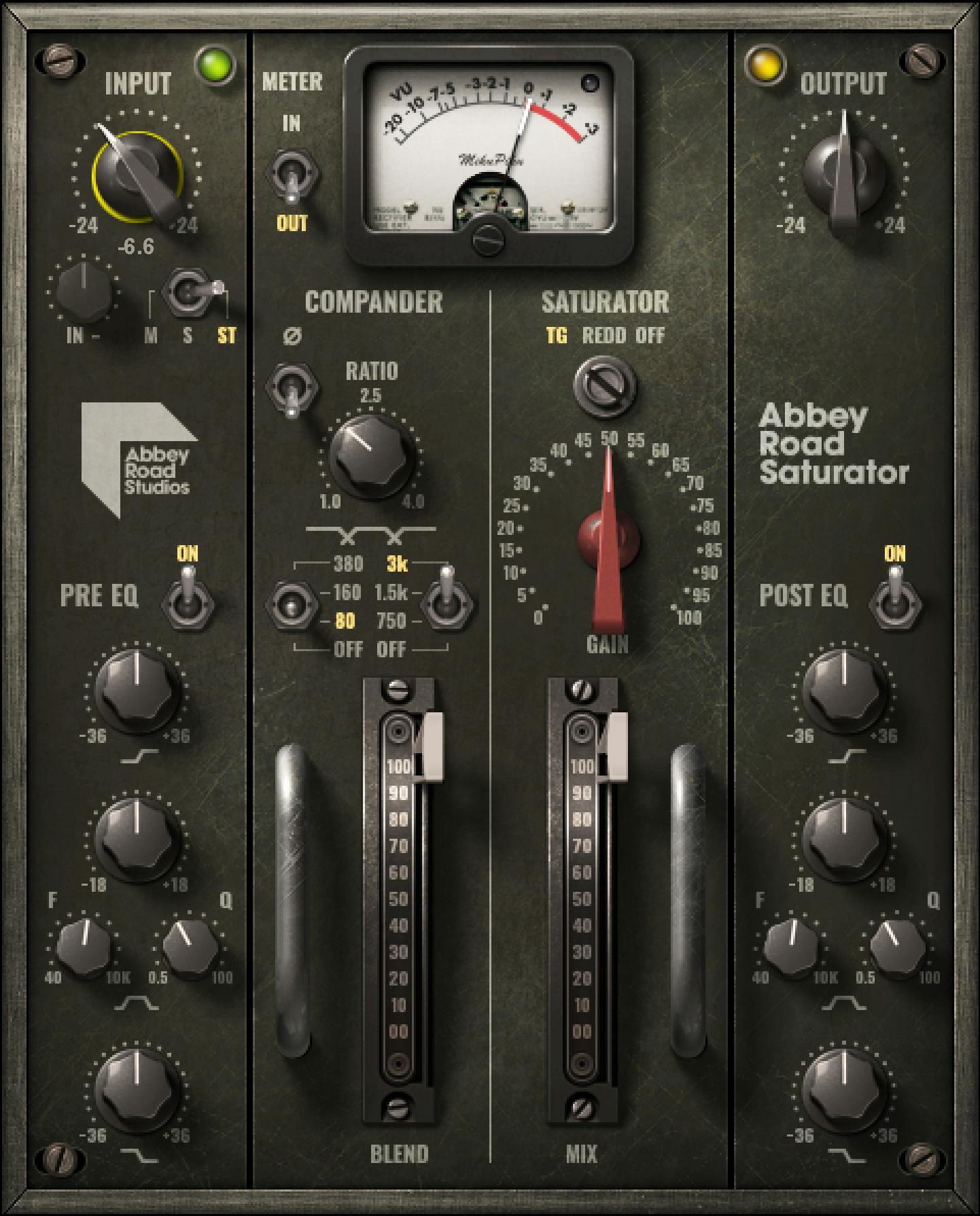Distortion and saturation are key components in the world of music production. These effects can profoundly impact the sound of a recording, adding warmth, character, and depth to the music. In this article, we will delve into the concepts of distortion and saturation, explore how they are used in music production, and discuss the various types of distortion and saturation effects.

Credit: www.waves.com
What is Distortion?
Distortion, in the context of music production, refers to the alteration of the audio signal in a way that introduces harmonic content not present in the original signal. This can result in a gritty, edgy, or aggressive sound, depending on the amount and type of distortion applied. Distortion is commonly associated with electric guitars and rock music, but it is also used in various genres to add character and energy to the music.
Types Of Distortion
There are several different types of distortion effects, each with its own unique sonic characteristics:
| Distortion Type | Description |
|---|---|
| Overdrive | Produces a soft and warm clipping, commonly used in blues and rock music. |
| Distortion | Creates a more aggressive and intense clipping, popular in heavy metal and hard rock genres. |
| Fuzz | Generates a thick and buzzy tone, often associated with psychedelic and garage rock music. |
Understanding Saturation
Saturation is a form of soft clipping that occurs when an audio signal exceeds a certain amplitude, resulting in the introduction of harmonic distortion. Unlike traditional distortion, saturation is often used to add warmth and richness to the sound without drastically altering its tonal characteristics. Saturation can contribute to a more vintage, analog-like sound and is commonly applied to individual tracks or the mix bus in music production.
Types Of Saturation
Just as there are different types of distortion, there are also various forms of saturation, each with its own sonic characteristics:
- Tape Saturation: Emulates the warmth and compression of analog tape machines, adding a vintage vibe to the audio.
- Tube Saturation: Mimics the harmonic distortion produced by vacuum tube equipment, lending a warm and musical quality to the sound.
- Console Saturation: Replicates the sonic characteristics of classic analog mixing consoles, imparting a cohesive and cohesive sound to the mix.
Applying Distortion and Saturation in Music Production
Both distortion and saturation can be applied at various stages of the music production process to achieve different sonic outcomes. Here are some common applications of these effects:
- Individual Tracks: Distortion and saturation can be used to add character and presence to individual instrument tracks, such as electric guitars, bass, vocals, and drums.
- Mix Bus: Applying subtle saturation to the mix bus can glue the individual elements together and impart a cohesive, analog-like sound to the entire mix.
- Mastering: During the mastering stage, subtle saturation can be employed to add warmth and depth to the final mix, enhancing its overall sonic qualities.

Credit: www.gear4music.com
Frequently Asked Questions On Distortion And Saturation : Unleashing The Power Of Audio Effects
What Is Distortion In Audio?
Distortion in audio alters sound quality by adding harmonics. It can enhance or degrade music.
How Does Saturation Affect Sound?
Saturation adds warmth and character to audio by softening harsh peaks. Enhances richness.
Why Is Distortion Used In Music?
Distortion adds depth and intensity to music by creating unique textures and tones.
Is Distortion Always Intentional?
Distortion can be both intentional and unintentional, adding artistic flair or diminishing quality.
Conclusion
In conclusion, distortion and saturation are powerful tools in the music producer’s toolkit, offering a wide range of sonic possibilities. Whether it’s adding grit and edge to electric guitars or imparting warmth and richness to a mix, understanding the characteristics and applications of these effects is essential for achieving the desired sonic result. By employing the right type and amount of distortion and saturation, music producers can elevate their recordings and create a signature sound that stands out in the world of music.